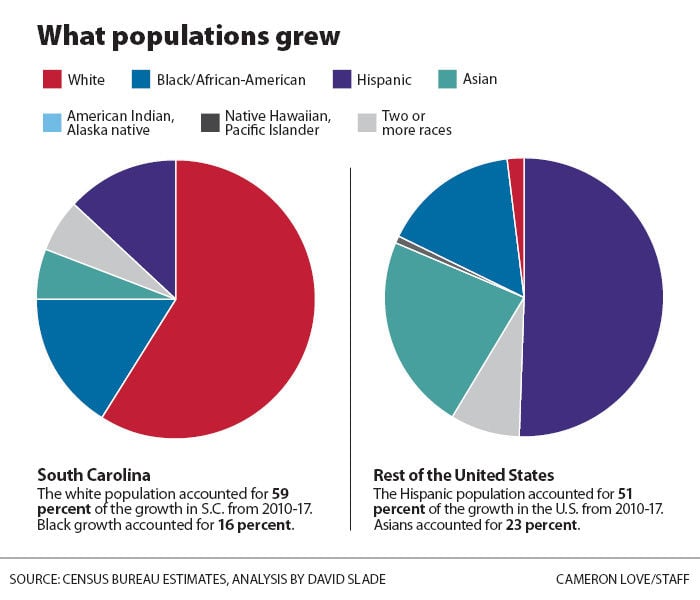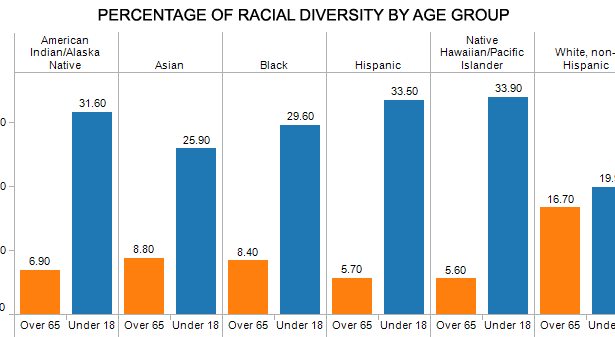

April 1, 2010, J– July 1, 2020), by year, single-year of age, bridged-race category, Hispanic origin, and sex. resident population 85 years and over (i.e.
US CENSUS RACE PERCENTAGE DOWNLOAD
These estimates are available for download


Ages 0 to 85 years and over: County Vintage 2020 postcensal estimates of the resident population of the United States (i.e., April 1, 2010, July 1, 2010-July 1, 2020), by year, county, single-year of age, bridged-race category, Hispanic origin, and sex.NCHS released the following bridged-race population files on September 22, 2021:
US CENSUS RACE PERCENTAGE SERIES
With this release, the series will be discontinued. These intercensal population estimates will be the final set of bridged-race population estimates released by NCHS. The July 1, 2010-July 2019 intercensal bridged-race population estimates will be released mid to late 2023. Please note, the release of postcensal bridged-race population estimates ceased with the release of the Vintage 2020 estimates. Rates using the revised bridged-race intercensal population estimates are forthcoming. NCHS used the unrevised Jbridged-race intercensal population estimates to calculate two birth measures in the 2010 birth reports(the birth rates for married and unmarried women).NCHS used bridged-race Apcensus counts to calculate vital rates in the 2010 birth and death reports.NCHS used the revised bridged-race intercensal population estimates to recalculate vital rates for 2001-2009 (which were originally calculated using bridged-race postcensal estimates).NCHS used the unrevised intercensal estimates to recalculate some vital rates for 2001-2009 in the 20 birth and death reports.Vital rates for a given year were calculated using population estimates from the bridged-race postcensal estimates series corresponding with that data year (i.e., vital statistics rates for 2001 were calculated using population estimates from the Vintage 2001 postcensal series, vital rates for 2002 were calculated using estimates from the Vintage 2002 postcensal series, and so forth). NCHS used bridged-race postcensal population estimates to calculate vital rates for the 2001-2009 preliminary and final birth and death reports.NCHS used bridged-race Apcensus counts to calculate vital rates in the 2000 birth and death reports.The revised rates were published in NCHS reports.

US CENSUS RACE PERCENTAGE FULL
Many data systems, such as vital statistics, are continuing to use the 1977 OMB standards during the transition to full implementation of the 1997 OMB standards. These estimates result from bridging the 31 race categories used in Census 2000 and Census 2010, as specified in the 1997 Office of Management and Budget (OMB) standards for the collection of data on race and ethnicity, to the four race categories specified in the 1977 OMB standards. The National Center for Health Statistics releases bridged-race population estimates of the resident population of the United States for use in calculating vital rates. More specifically, race bridging is a method used to make multiple-race and single-race data collection systems sufficiently comparable to permit estimation and analysis of race-specific statistics. Race bridging refers to making data collected using one set of race categories consistent with data collected using a different set of race categories, to permit estimation and comparison of race-specific statistics at a point in time or over time.


 0 kommentar(er)
0 kommentar(er)
